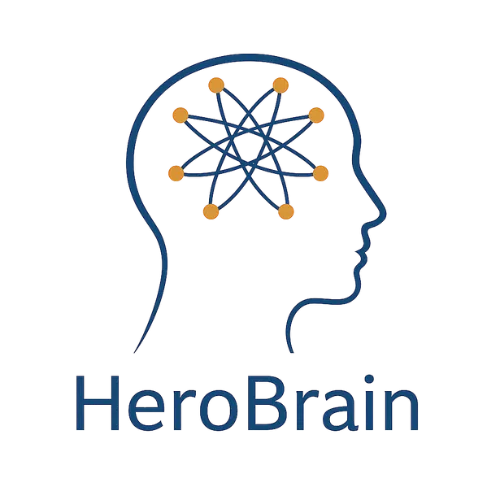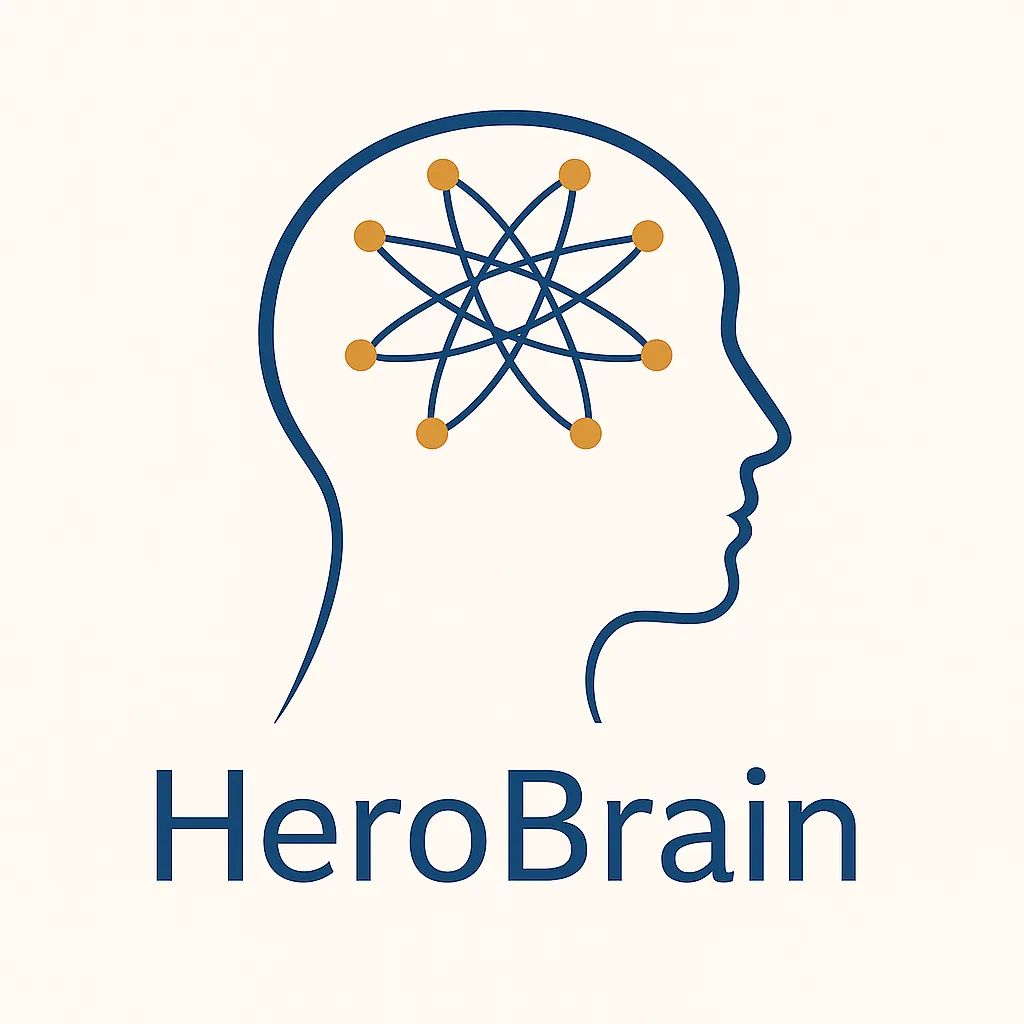404 Error
This Page Isn’t Responding.
But your journey to mental clarity doesn’t have to stop here.

Join Our Community
Call Us Today And Find Out How Joining the HeroBrain Community Can Transform Your Life And The Lives Of Your Team Members!
Get In Touch
(226) 271-5435
79 King Street
Thedford, Ontario, Canada
N0M 2N0
251 Parkhill Main St
Parkhill, Ontario, Canada
N0M 2K0
404 Error
This Page Isn’t Responding.
But your journey to mental clarity doesn’t have to stop here.

Join Our Community
Call Us Today And Find Out How Joining the HeroBrain Community Can Transform Your Life And The Lives Of Your Team Members!
Get In Touch
79 King Street
Thedford, Ontario, Canada
N0M 2N0
251 Parkhill Main St
Parkhill, Ontario, Canada
N0M 2K0
